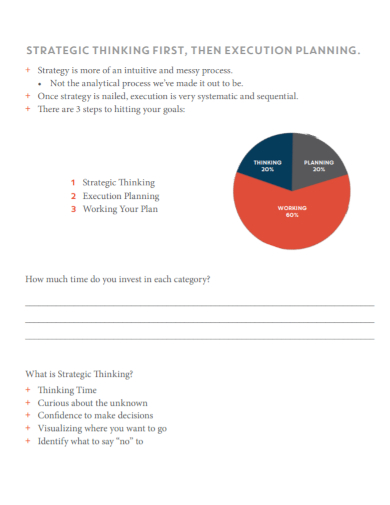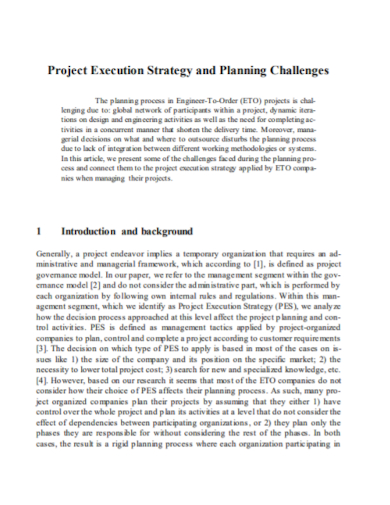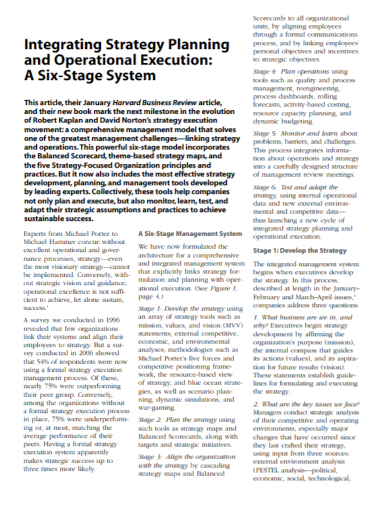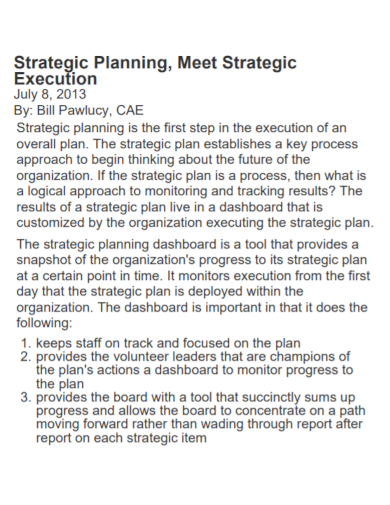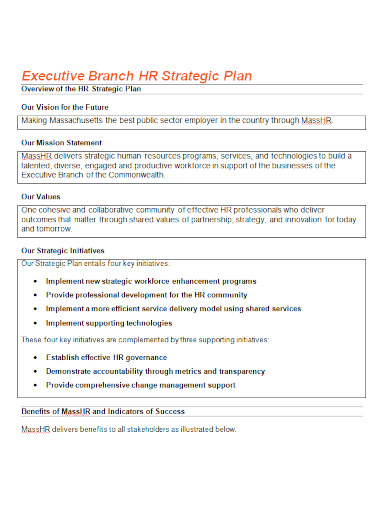According to the 2020 Gartner Execution Gap Survey, there are about 40% of the executive leaders say that their enterprise accountability and leadership doesn’t align with their strategy execution which leads to having a slow strategy execution. This is not a new concern after all. This occurrence is due to a insufficient control, having a ‘firefighting’ mentality, and employee change fatigue. We may haven’t think about it yet, but the problem usually starts with the strategy setting itself. Your leaders or executives might not have any documented business strategies to produce. At times, the enterprise is present but it may not be shared effectively with the business and among the leaders.
There have been a lot of individuals who assume that planning is the top hardest thing to do when we talk about strategy execution. What organizations usually do is to fill the strategy roles with people who may have incredible and useful ideas to partake. Executing a strategy can be one of the complex thing to do. You just have to have people with the ability to contribute a good strategy for the organization.
When you have already developed a particular strategy, it must be translated into being a comprehensive type of strategy execution plan wherein its task is to provide a clear outline of the objectives pertaining to the execution of strategy, the corresponding activities that needs to be done in order to achieve a specific objective or goal, and the people who are assigned to be responsible in taking care of those activities and when are those activities have to be achieved. Aside from that, it also provides details about strategic vision and even translates your plan to a strategy into a daily management.
4+ Strategy Execution Plan Samples
1. Strategy Execution Plan
The first task is to write a strategy execution plan that will serve as a guide for the execution process. You have to translate the strategy into something realistic. Take note that by doing so, it should still be in lined with the objectives. After that, define a task or an activity that allows you to achieve the objectives. Assign who will be taking the responsibility in doing the tasks or the activities. Then, this will be time that you will be writing the strategy execution plan. This type of plan must not be too lengthy. It should only be focused on aspects about what specific actions you should be taking, who is going to do it, when it must be done, what results are desired to achieve, and how are the progress being measured.
2. Project Execution Strategy Plan
3. Integrated Strategy Execution System Plan
4. Strategy Meet Execution Plan
5. Executive Branch HR Strategic Plan
Steps in Executing a Strategy
There are steps that you need to follow to make sure that you can achieve success in your strategy. The execution journey comprises of the following steps:
- Strategic Planning – the planning phase must include your objective, the process on how you are going to get your objectives, framework to use, the structure of your strategy reporting, frequency of strategy meetings, communication plan, and strategy mentors or advisers.
- Communication – this is all about engaging your organization. Communication has to be a two-way process. You have to establish a mechanism to people in order to provide feedback about the strategy.
- Setting goals – the next step is to start creating a goal. This will help you in making your plan turn into a reality. Creating goals will actually help people to bring structure with regards to the execution of a plan. Goal setting should be able to tell whether the plan is realistic or not, if you have the right people and skills for execution, and if people have understood the objectives.
- Tracking and Reports – this has two main components. First is to ensure that everyone is updated about the progress of their goals. Second is not to let your goal seen as something static. You have to edit the deadlines or even rewrite it.
- Performance Management – in order to execute a strategy successfully, you have to reflect the importance of the strategy itself. Performance management is considered to be the sole domain of Human Resources. In most cases, it should be a natural extension of setting a particular goal which later would turn it into a strategic plan. This is the most crucial part of the execution process.
- Reward and Remuneration – this could mean travel perks, conducting conferences, providing additional opportunities, etc.
FAQs
What are the pillars for effective strategy execution?
It includes strategy formulation, planning, performance management, strategy communication, and organizational capacity.
What are some of the practices that unlocks organizational capacity?
It deploys diagnostics to test organizational capacity, use new tools for making clarifications about resource growth, constructing new framework, and creating support structures.
If you want to see more samples and format, check out some strategy execution plan samples and templates provided in the article for your reference.
Related Posts
FREE 15+ Sample School Strategic Plans
FREE 14+ Event Marketing Plan Templates
FREE 13+ Product Launch Plan Templates
FREE 9+ Sample Lesson Plan
FREE 8+ Sample Territory Plan
FREE 7+ Stakeholder Management Strategy Samples
FREE 7+ Sample Content Marketing Plan
FREE 6+ Marketing Schedule Templates
FREE 3+ Sample SEO Plan
FREE 12+ Construction Action Plan Samples
FREE 10+ Event Program Schedule Samples
FREE 10+ Sample Photography Business Plan
FREE 10+ Research Study Plan Samples
FREE 9+ Construction Implementation Plan Samples
FREE 8+ Sample Security Plan

